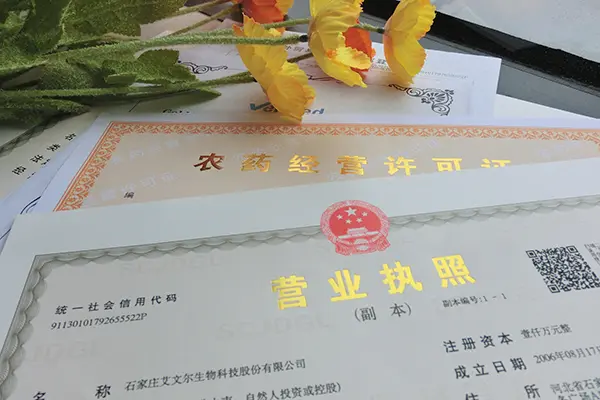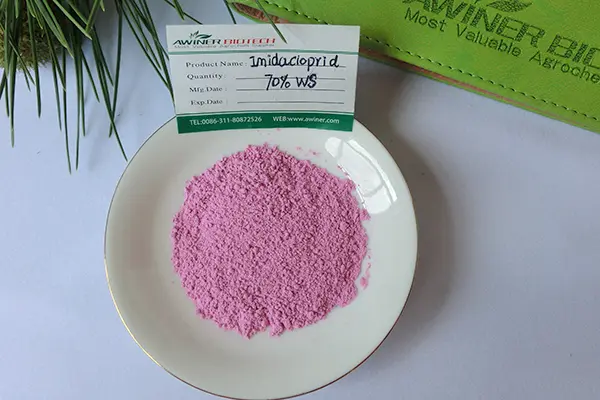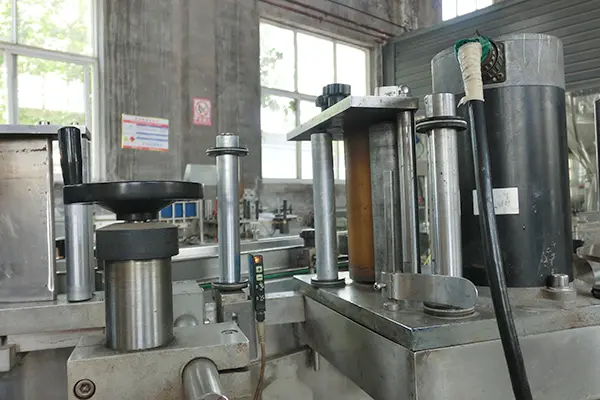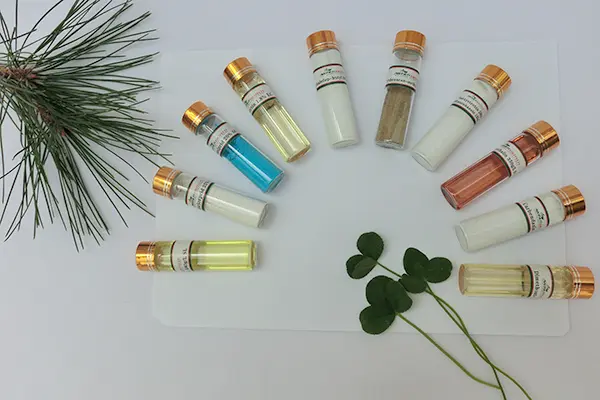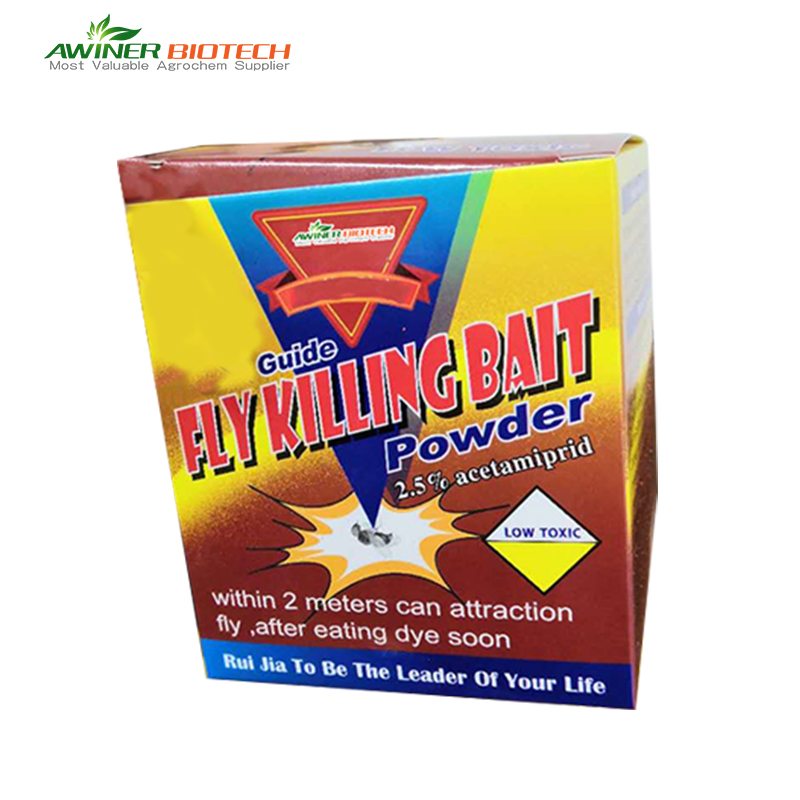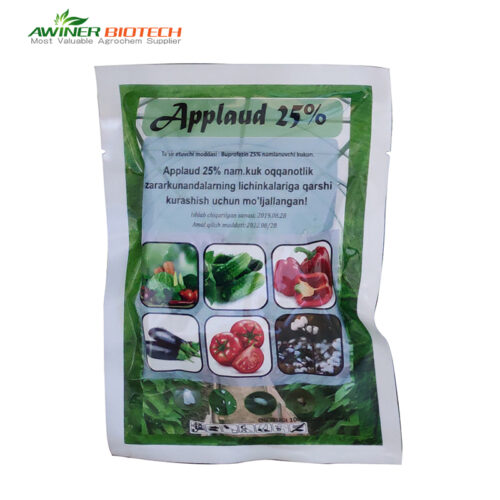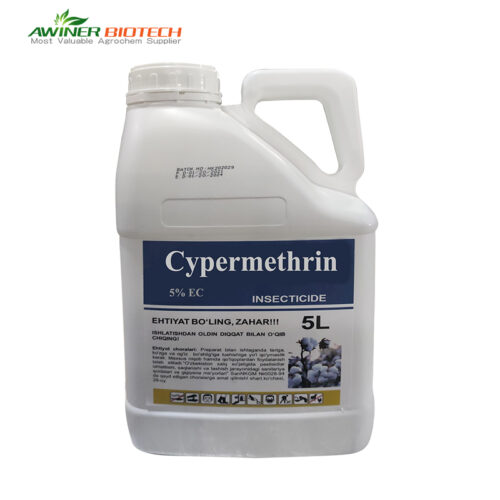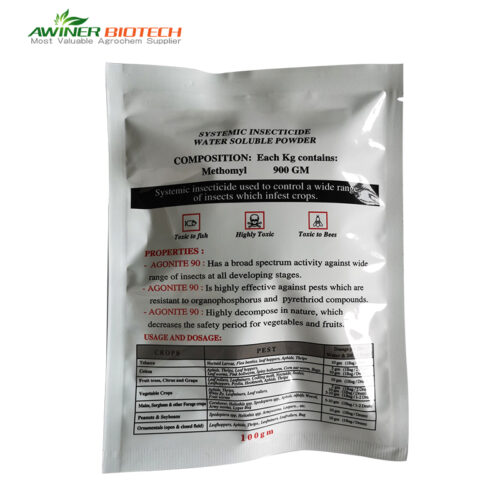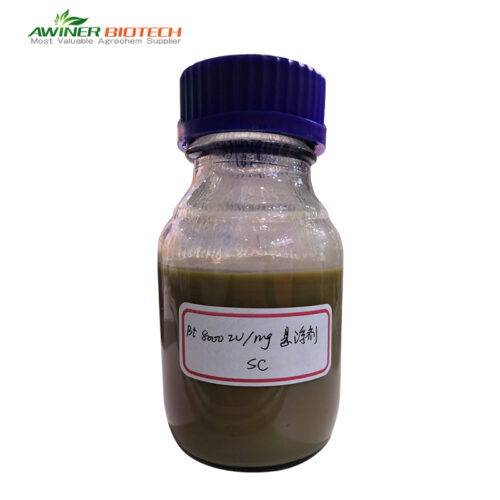Acetamiprid |
|
| Dosage form | 20%SP;20%WP,40%WDG,5%ME,5%EC |
| Packing | 1L 、500ml 、250ml、100ml、50ml;1kg、500g、250g、100g |
| Formulation | Customized |
| Label | Customized |
| Pest | Cabbage – Aphids, Striped Flea Beetle Tea Tree – Tea Green Leafhopper Cotton – Aphids |
| Certification | SGS、 ISO 、BV |
| Delivery time | 20-30 days |
| Mixture products |
Deltamethrin vs Acetamiprid
Pyridaben vs Acetamiprid Bifenthrin vs Acetamiprid Alpha-cypermethrin vs Acetamiprid Lambda-cyhalothrin vs Acetamiprid Abamectin vs Acetamiprid |
| Payment terms |  |
Acetamiprid is a systemic insecticide from the neonicotinoid class, widely used in agricultural practices to control a variety of insect pests. It is particularly effective against aphids, whiteflies, thrips, and certain beetles, making it a valuable tool for protecting crops such as vegetables, fruits, and ornamental plants.
Fly bait with strong attraction to flies
Our fly bait is formulated with acetamiprid, a highly effective fly killing ingredient. By utilizing the contact and stomach toxicity properties of acetamiprid, our baits can be deadly weapons against flies. But what’s unique about our product is the addition of brown sugar, flour, fish powder and fresh milk, which act as carriers to attract flies.
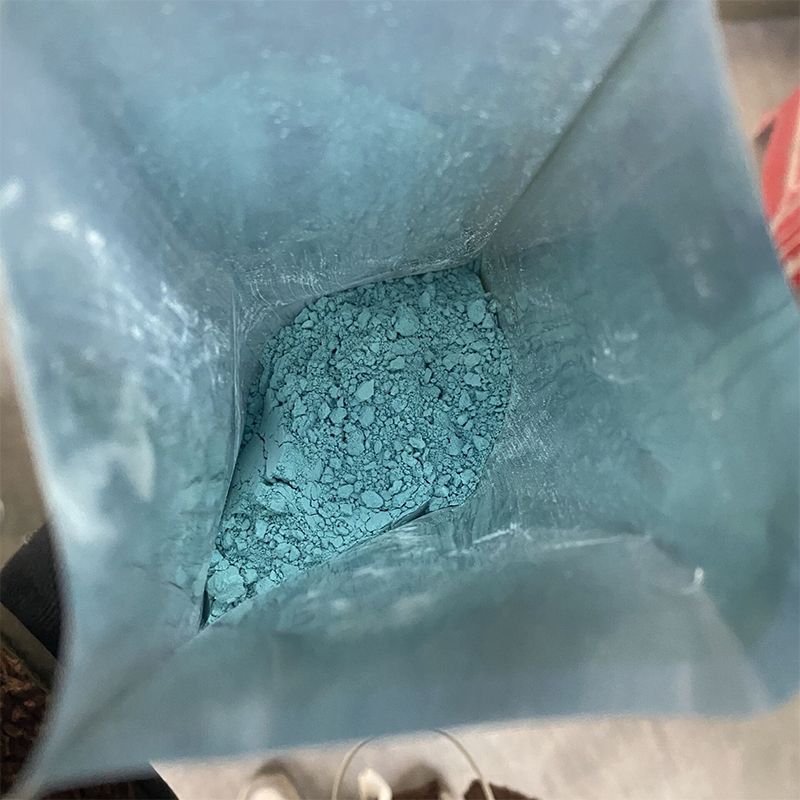 |
 |
 |
 |
 |
Not only are our fly baits effective, but they are also cost-effective and readily available. The materials used in its production are cheap and readily available. In addition, the production method is simple and clear, allowing users to worry-free.
One of the main advantages of our fly bait is that it eliminates the use of sprays that can negatively impact the surrounding environment. Unlike powdered products, our baits do not drift, ensuring they remain effective without any risk of contamination. As an environmentally friendly alternative, our baits offer a safer and more sustainable solution to fly control.
In addition
our fly killing baits have a longer duration compared to other traditional methods. This means it can continue to be effective in controlling flies for an extended period of time. Capable of controlling flies on a low base for extended periods of time, our baits offer unrivaled convenience and effectiveness.
In conclusion, our fly baits are game changers in the world of fly control. With its powerful blend of acetamiprid and carefully selected ingredients, it not only prevents and controls flies but also offers an eco-friendly alternative. Its effectiveness, ease of use and extended life make it an ideal choice for anyone looking for an effective solution to their flying problems. Say goodbye to pesky flies with our innovative fly bait.
<About Awiner Biotech>
